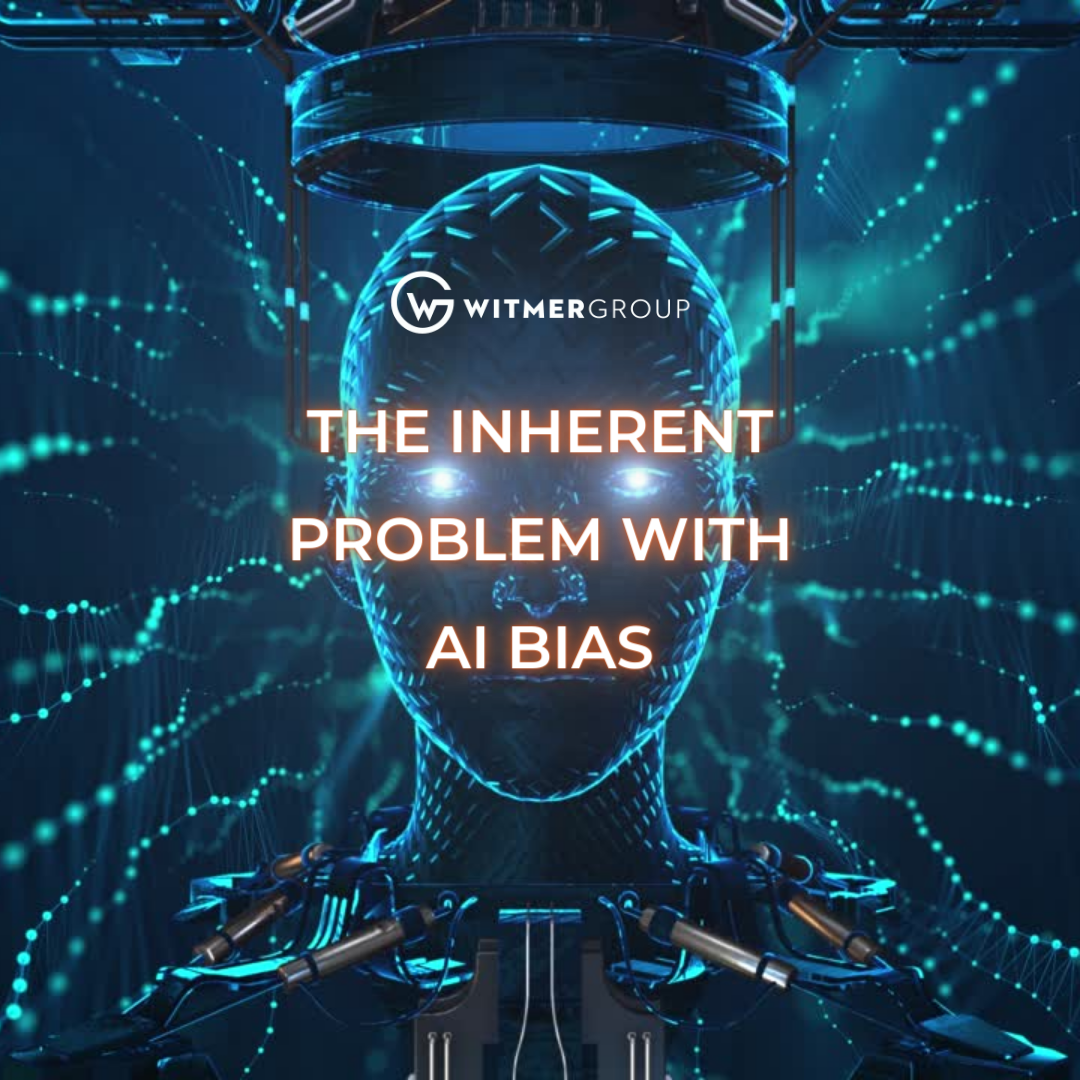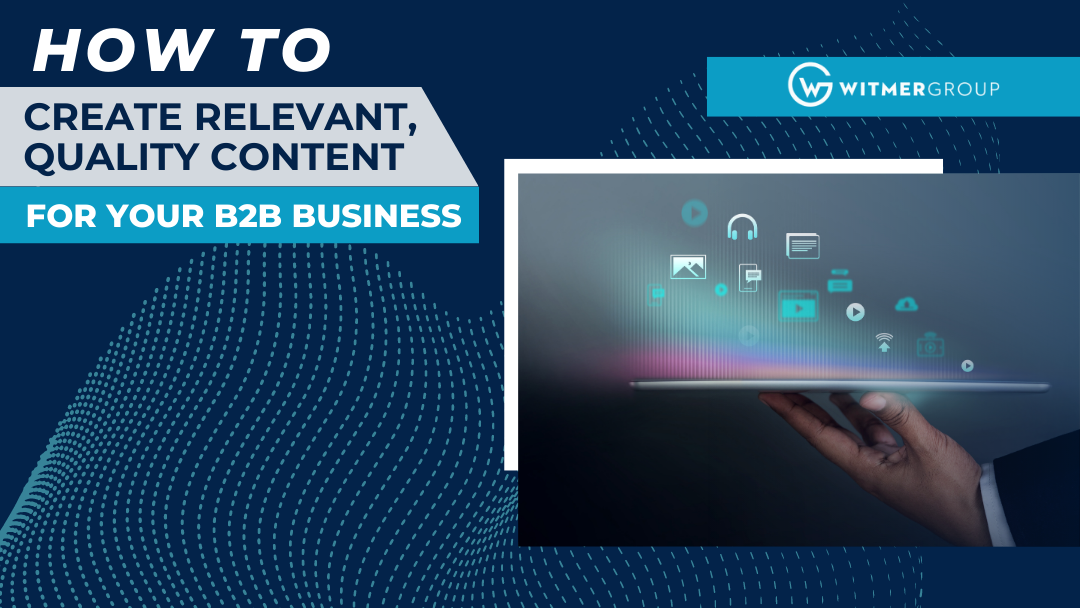The Inherent Problem with AI Bias

Artificial intelligence (AI) is rapidly changing how we work, live, and play. From self-driving cars to personalized chatbots, AI has shown remarkable potential in many different areas of life.
However, AI is not immune to human prejudices and biases, which can lead to harmful outcomes for many groups of people. Read on to learn more about the impact AI bias has on our society.
What is AI Bias?
AI bias is defined as the unfair prejudices that AI holds, resulting in discrimination against certain people or groups. To understand how AI can get a bias, we first need to understand how AI works.
Artificial intelligence is nothing without human programmers, and AI cannot think independently without data being fed into it prior.
For example, the ChatGPT3 AI algorithm was purportedly trained on around 10% of the entire information on the internet. The information you train an AI model on is often referred to as a dataset.
If the dataset an AI model is trained on is biased, then the decisions made by the AI will be biased as well.
Examples of AI Bias
Let’s say that there are a group of people out there who do not like vaccines. Over the years, this group created many websites listing how bad all vaccines are and why people shouldn’t get them.
If that information were fed into an AI model such as ChatGPT, it could return harmful information that is biased against vaccines. Even if a vaccine (e.g., TDAP or the tetanus vaccine) helped prevent diseases.
An AI mortgage lending model might determine that people over a certain age are more likely to default on their loans—and the AI would lower their creditworthiness rating as such. If the AI model bases its decision only upon age factors, this could be considered illegal age discrimination.
Another example of AI bias could include image training. For example, if an AI system (let’s say a cell phone camera) were trained on a dataset that contained a disproportionate number of light-skinned people, the AI may struggle to recognize people with darker skin.
Bias can be introduced at other stages of the AI development process as well, such as programming, algorithm design, and testing. However, the leading cause is often the training data, which can easily reflect or amplify societal prejudices or biases.
Key Challenges of AI Bias
Addressing and fixing AI bias so that it’s fair to everyone requires a multifaceted approach that is often highly challenging. A few key challenges of addressing AI bias include:
Lack of AI development team diversity—AI dev teams are often comprised of individuals who share a very common background and perspectives. The study of computer science is often mandatory for people who work on AI teams, and these types of jobs tend to attract people whose minds are hard-wired for logic, science, and math—many things in life are not so black and white.
Time and cost constraints—Addressing and fixing AI bias can be extremely time-consuming and expensive. This especially holds true for small businesses or startups that don’t have access to the resources bigger companies (e.g., Google) do.
Limited availability of representative and diverse training data—AI models require a tremendous amount of data to be able to make accurate predictions. However, obtaining that data can be extremely challenging, especially in fields where data collection is time-consuming or expensive.
Legal and ethical challenges—Who exactly should be responsible for identifying and correcting AI biases? What kind of biases are acceptable or unacceptable? Should AI hold viewpoints from a particular political persuasion (assuming the opposition’s viewpoints don’t hurt anyone)?
AI bias and ethical challenges open up a massive can of worms. While some biases are easily correctable and agreeable by all—others not so much. For example, should AI be allowed to hold an opinion on the abortion debate in this country? If so, which side should it choose?
Lack of accountability and transparency—AI models can be extremely difficult to interpret, making it challenging to identify and correct biases. Often, the blame of AI decision-making is shifted to the technology instead of those who coded, developed, trained, or deployed it.
How can we trust that the AI model being used is free from bias? This is a question that will need to be resolved before AI integrates itself even further into our lives than it already has.
How to Solve AI Bias?
The biggest hurdle to solving AI bias is public and government awareness. Before steps can be taken to resolve the aforementioned issues, people (and governments) must be aware that bias does exist and can sneak into AI models in many different ways.
Otherwise, future AI models will continue to have some type of bias, and that could result in unforeseen consequences for many different groups of people.

